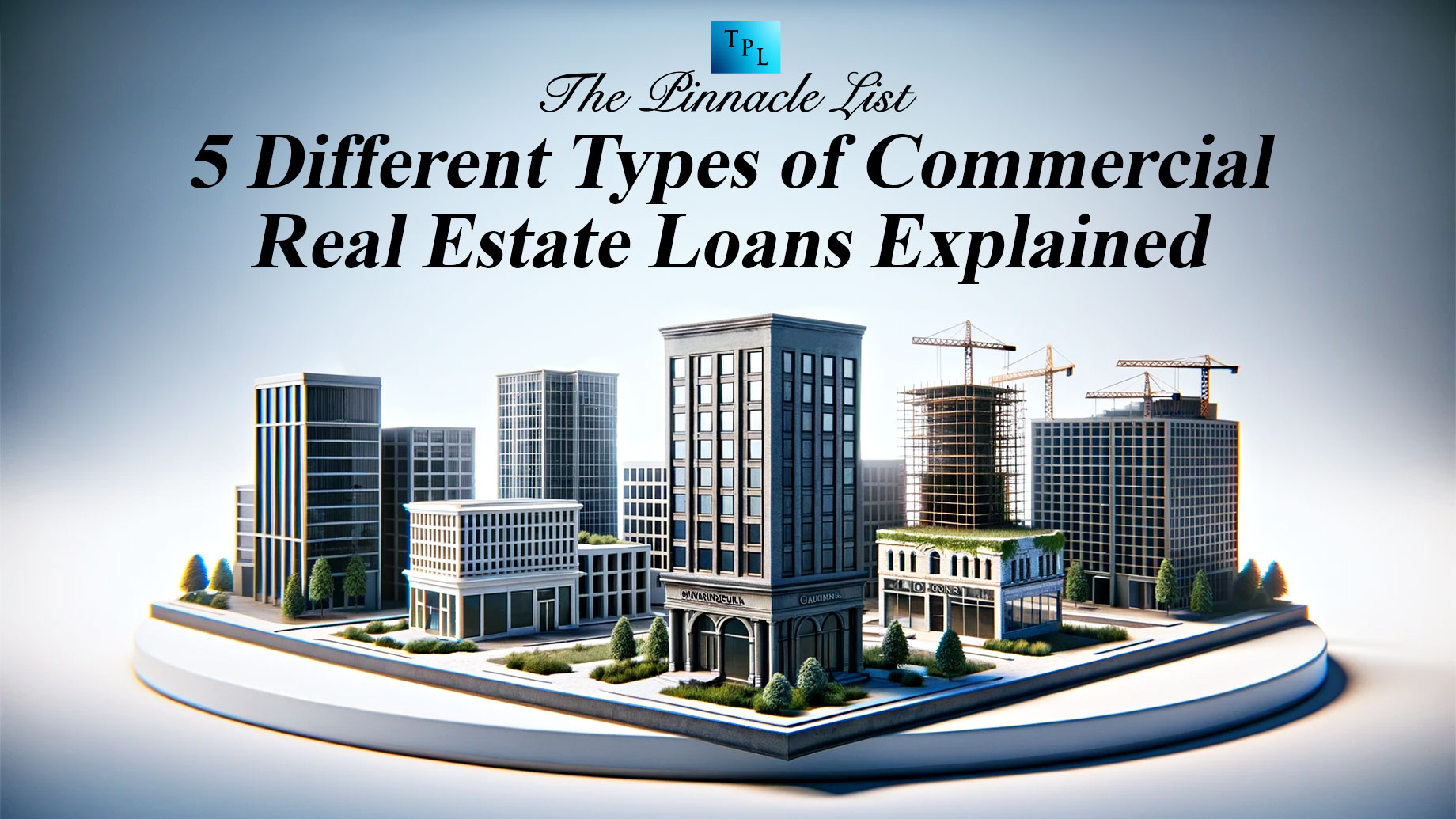
Commercial real estate is an ever-changing sector that typically requires substantial financial backing for diverse endeavors. Whether you’re a new entrepreneur hoping to start a firm or an experienced investor looking to expand your property portfolio, understanding the subtleties of commercial real estate loans is critical. In this post, we will look at five different forms of commercial real estate loans, putting light on their distinguishing features and factors. If you are looking for a reliable financial partner, BridgeWell Capital is one of the Best solutions for you. Visit the website of BridgeWell Capital for further information.
Types of Commercial Real Estate Loans
Before deciding on a loan, borrowers need to understand the differences between loan types, term lengths, interest rates, loan-to-value (LTV) ratios, and requirements that dictate eligibility. Here’s an overview of five popular commercial real estate loans to consider:
1. Conventional Loans
Conventional mortgages are a typical starter option for commercial real estate financing. They feature longer-term lengths between 5-10 years or even 10-25 years, making it easier to plan repayment schedules. Additionally, conventional commercial loans have higher LTV ratios, usually around 75-80 percent of the property value, allowing borrowers to finance a larger percentage of the deal. Conventional commercial loans also have more lenient personal credit and financial equity requirements compared to other loan options. Qualification often depends more on the viability of the real estate deal itself and less on the economic history of the individual borrowers.
2. SBA Loans
Small Business Administration (SBA) 504 loans and SBA 7(a) loans are attractive commercial real estate debt options for eligible borrowers. Both loan programs back loans issued by commercial lending institutions to help entrepreneurs and small business owners gain access to financing that might not be achievable through conventional lending channels.
The low down payment requirements that increase buying power make SBA-backed loans so appealing. For example, SBA 504 loans only require a 10 percent equity contribution from the borrower. They also feature low fixed interest rates. The downside is the lengthy paperwork and approval process that can make SBA financing a slow route to securing funds.
3. Bridge Loans
Bridge loans provide short-term capital, usually less than 12 months, to borrowers seeking quick financing to acquire a new commercial property before securing permanent financing. These loans allow borrowers to move swiftly to capitalize on a promising real estate deal or redevelopment project. The high upfront loan fees and short repayment terms of 12 months or less reflect the increased risk that lenders take when issuing bridge financing. But for borrowers with a reliable long-term financing plan in place, bridge loans offer a way to get into a lucrative deal much faster than conventional loans allow.
4. Hard Money Loans
Hard money loans provide an alternative route for borrowers not qualifying for conventional commercial real estate loans due to credit challenges or other issues. Private real estate investors provide hard money financing, usually at high-interest rates and fees, to reflect the heightened risk. Since hard money lenders focus more on real estate assets and projected cash flows, borrowers with less-than-perfect credit still have a viable option for purchasing or quickly rehabbing an investment property. Terms are much shorter than conventional loans, typically 1-3 years.
5. Owner Financing
Also referred to as seller financing, owner financing occurs when the current owner of a commercial property finances a portion of the purchase price for a credited buyer. This creative method allows buyers to make smaller down payments or lower monthly payments until they can secure permanent financing. Meanwhile, property sellers receive monthly income from buyers through high-interest payments. Owner financing works best when buyers intend to improve or redevelop the property to substantially increase market value in the short term, but upfront funds still need to be provided.
Conclusion
Navigating the realm of commercial real estate financing involves understanding the diverse array of loan options available. From traditional mortgages to government-backed loans and short-term financing solutions, each type serves specific needs within the commercial real estate landscape. Before embarking on any financing journey, it is crucial to carefully assess the unique requirements of your project and choose the loan type that aligns with your goals and financial capabilities. By doing so, you can embark on your commercial real estate endeavors with confidence and a solid understanding of the financial tools at your disposal.